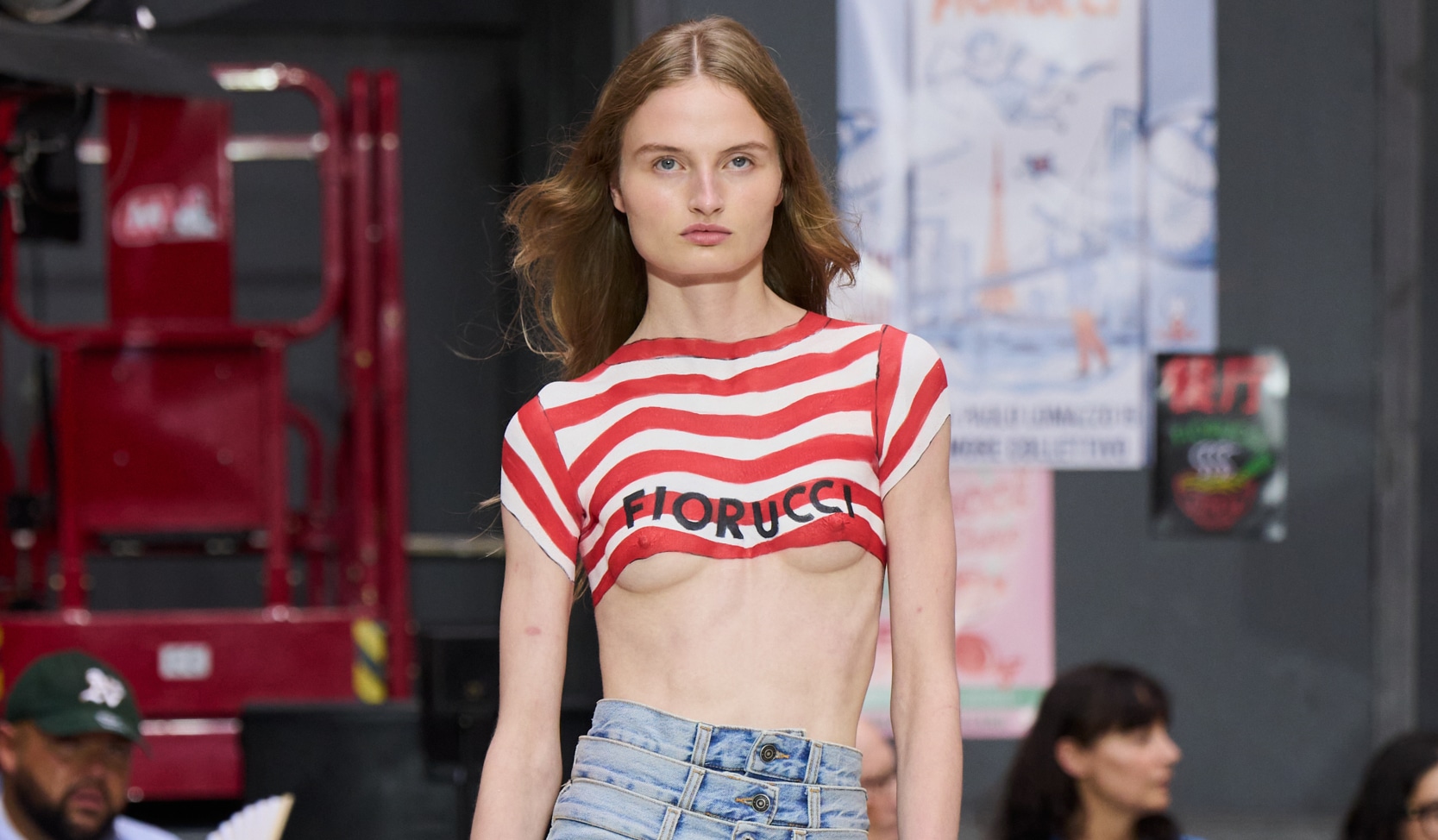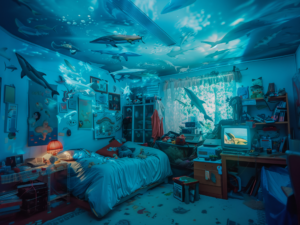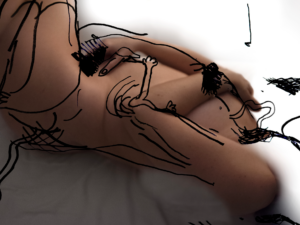A raw, fresh, totally beautiful homage to French New Wave Cinema: New York based photographer Sam Marie-Saint launches ‘Sodapop’
BOOK LAUNCH: SODAPOP BY SAM MARIE-SAINT
When did you come up with the idea of creating your book? And what was your purpose behind?
The idea started when my agent Vladislav Ginzburg of Ginzburg Fine Art s approached me about possibly doing a book. It took two years of discussing the project to finally set it in motion. The purpose behind the project was rather innocent. I just wanted to shoot and tell a story. A book affords one the chance to explore ideas, experiment, and work on a narrative. It was refreshing to have that kind of freedom to just play.
W here did it all start, the concept of the book?
The work went through a few incarnations. Originally, I wanted to shoot something inspired by 1950s greasers and gangs. But it slowly started morphing into something else. It became more about just telling a story and improvising. I edited the book in about two weeks. I was on the clock and had to make it work in order to have the book ready for a spring release. Of course, it was later pushed to fall because of the pandemic.
W hat was the biggest challenge throughout the process?
Every stage was equally challenging, as I had no experience in making a book . It was a two-person team, just me and my partner Gabrielle Seo, who did the casting, scheduling, and producing . We focused on every challenge individually, figuring it out one step at a time. Many people came forward to help, to answer our questions and to guide us. It was incredible.
What was the most essential learning experience you are taking away from it?
It taught me how to see and plan projects through, from beginning to end. It was a sort of how-to guide, if that makes sense …
What do you hope your book will do?
As simple as this sounds, I want people to sit with the book over a cup of coffee and just lose themselves in the pictures f or a couple of minutes. I don ‘ t have any expectations. I hope people like it and enjoy it.
What makes a really strong picture, in your opinion?
A strong picture is one that defines the spirit of a generation . The challenge is to see past pretty pictures . Especially in fashion. To create something in the moment. A strong picture can also inspire you to live. For example, the pictures of James Dean taken by Dennis Stock in New York and in Fairmount, Indiana, back in 1955 . Those pictures inspired an entire generation of youth to flip up their coat collars. Or the picture of Jimi Hendrix wailing on his guitar with one fist raised on the sound stage at Monterey Pop Festival. Jim Marshall, in that moment, captured the picture of rock n ‘ roll. I know I ‘ m going off on the deep end with extreme examples, but did ‘ s what strong photography does ultimately .
What is the power of black and white photography in your opinion?
Black and white photography is yet another step removed from reality. This is why film has made a comeback. The digital medium is a direct, objective interpretation of reality; the film medium is a subjective interpretation of reality. It ‘s one step removed. Black and white is yet another step removed from that .
What is, in your opinion, the biggest problem of contemporary fashion photography?
The problem is fashion’s continual insistence on using the editorial as an addendum for brands and models as clothes hangers. We’re in a limbo currently, for all the obvious reasons, politically and with the global pandemic. But you can feel a change sweeping through. These kinds of changes often come about without notice, in the middle of the night, without announcements. And I believe we’re on the cusp of that change. In a couple of years, we may likely not even recognize the last decade, culturally.
Who is the greatest photographer of all time, that influenced you most?
I was influenced more by filmmakers and less by photographers. If I had to name a few photographers whose work I like to look at, I’d say Robert Frank, Fred Herzog, Josef Koudelka’s work in ’68 Prague, Garry Winogrand, to name a few off the top of my head. But ultimately, it was cinema that most influenced me visually.
We are giving away one of these special books to a lucky Fräulein reader, as well as a limited edition handprinted tote bag. Follow Fräulein on Instagram, as well as Sam Marie-Saint , and shout us out in a post or story with one of your favorite images from Sodapop. Good luck!



